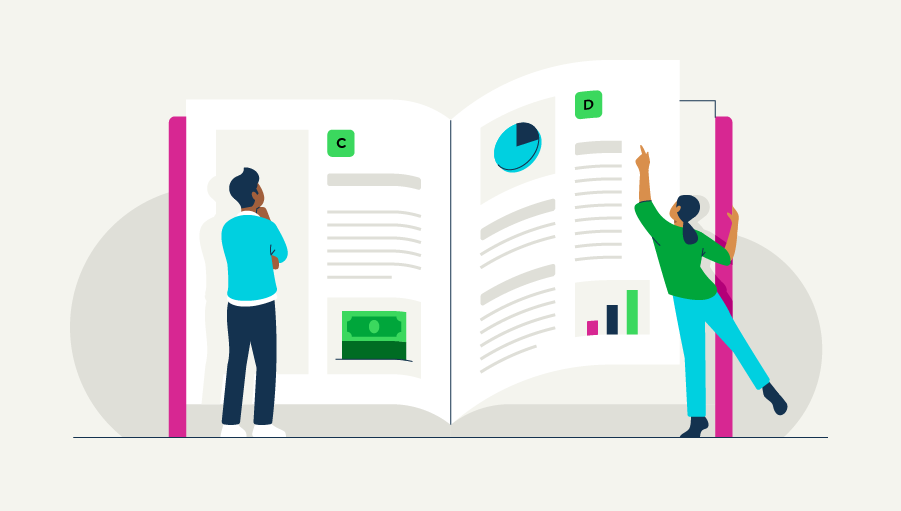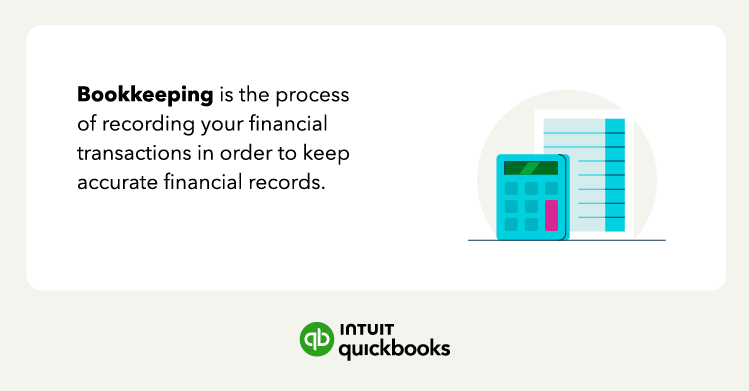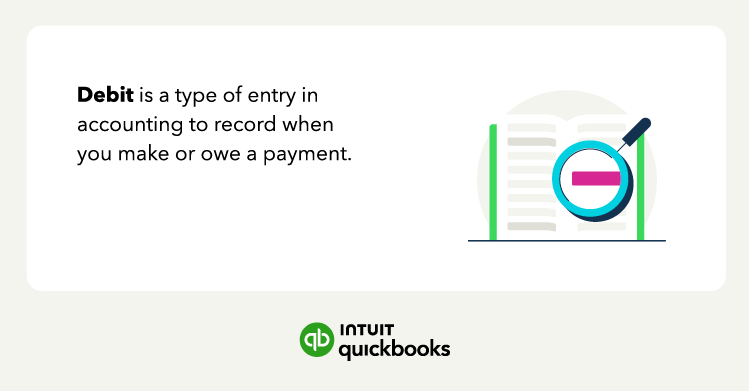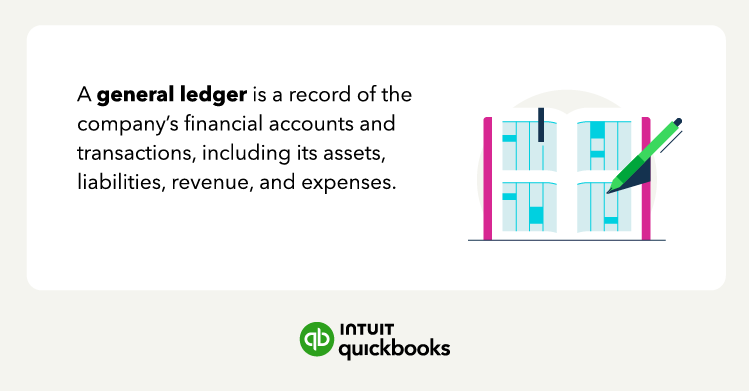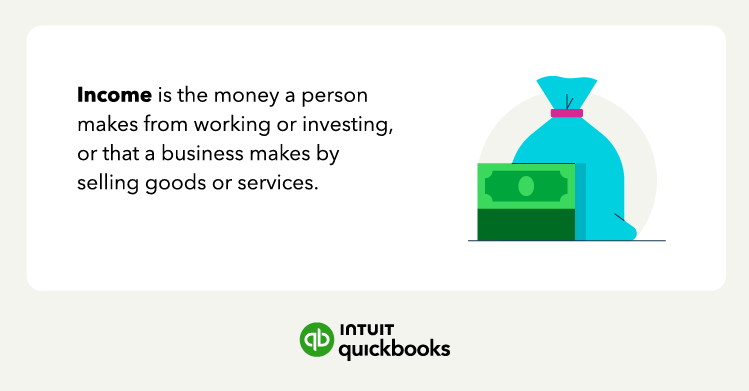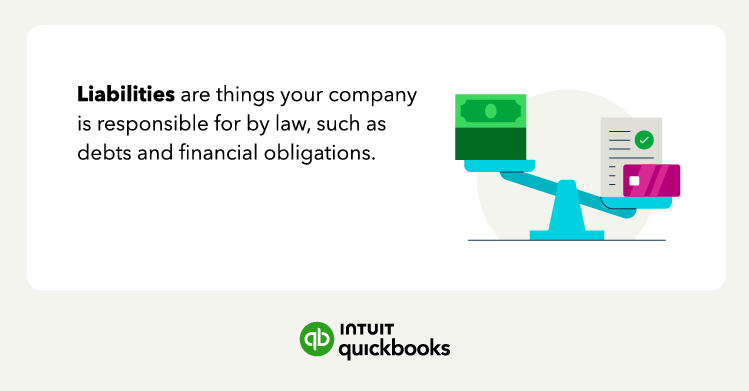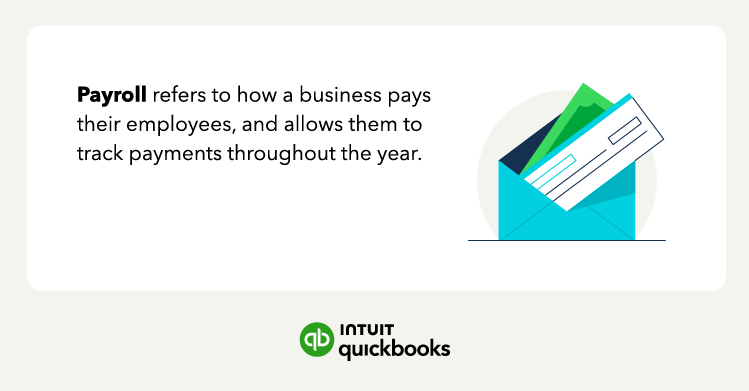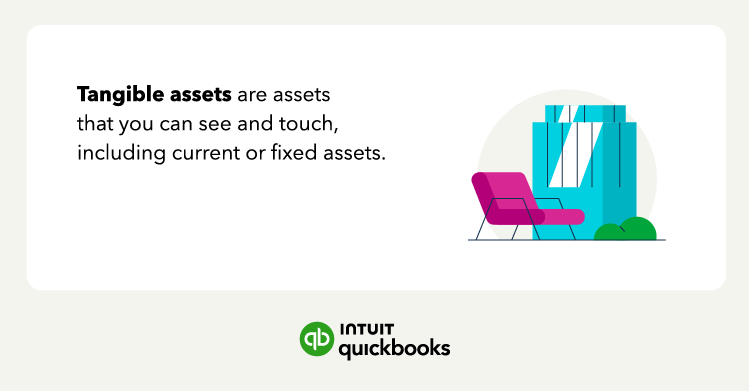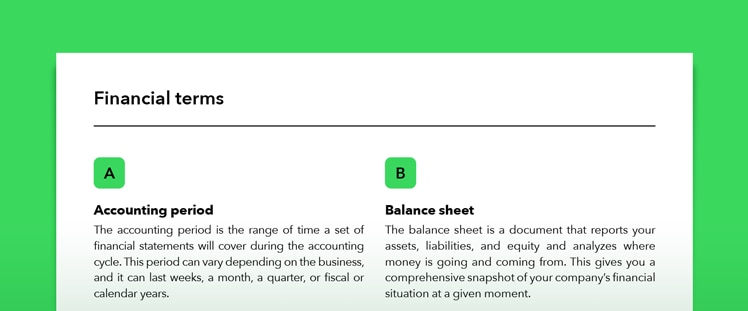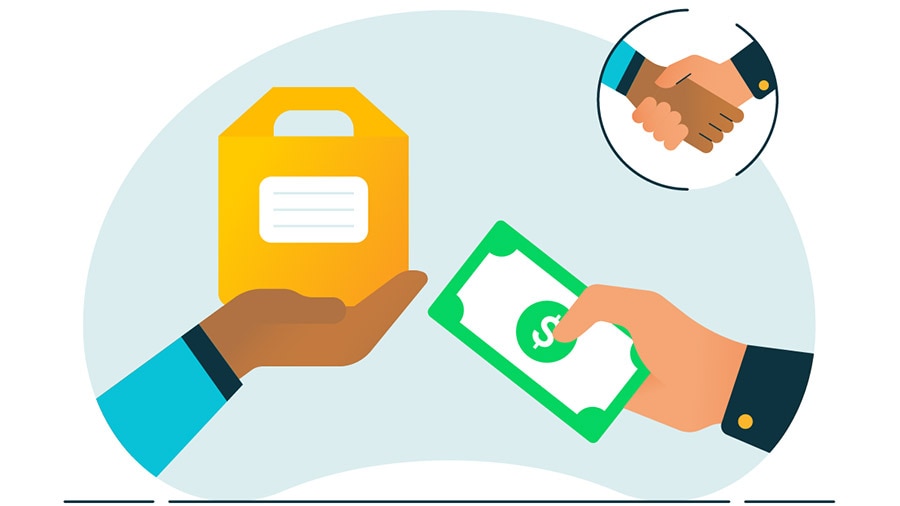Capital gain
Capital gains happen when you sell an asset for more than what you paid for it. It can apply to any type of asset, such as stock investments and property. You might have to pay capital gain tax, depending on the area, amount of capital, and type of asset.
Capital loss
Capital loss happens when you sell an asset for less than what you paid for it. When it comes time to pay taxes, capital losses can offset some capital gains tax.
Cash flow
Cash flow is the movement of funds through a business each month, such as income and expenses. For example, cash flows into a business when a customer purchases goods or services. Then, cash flows out of the business when paying expenses like rent and taxes.
Cash flow statement
Cash flow statements track general cash flow by showing money entering and exiting your business during a specific period. This helps determine your business’s ability to pay bills.
Certificate of deposit
A certificate of deposit is a type of bank account that holds money for a fixed period of time while earning interest. Although it usually earns higher interest, you might have to pay a penalty fee if you need to withdraw funds early.
Compound interest
Compound interest happens when you earn interest on the funds in your savings as well as on the accumulated interest you earn. Since you’re generating interest on interest, your investment will grow at a higher rate than accounts that only generate interest on the money you've deposited.
Cost of goods sold (COGS)
Cost of goods sold is the cost of producing a good or service your business sells. It helps you calculate profit and how to price your goods and services, especially in retail.
Credit
Credit happens when a borrower receives a good or service before making a payment and then agrees to pay at a later date. You can also use it to describe a journal entry where deposits are credited.
Current assets
Current assets include things that can easily convert into cash, such as inventory, stock holdings, and short-term investments. They are also known as liquid assets.
Current liabilities
Current liabilities refer to immediate debts that you must repay within one fiscal year, such as money you owe to suppliers or vendors.
Back to the top








